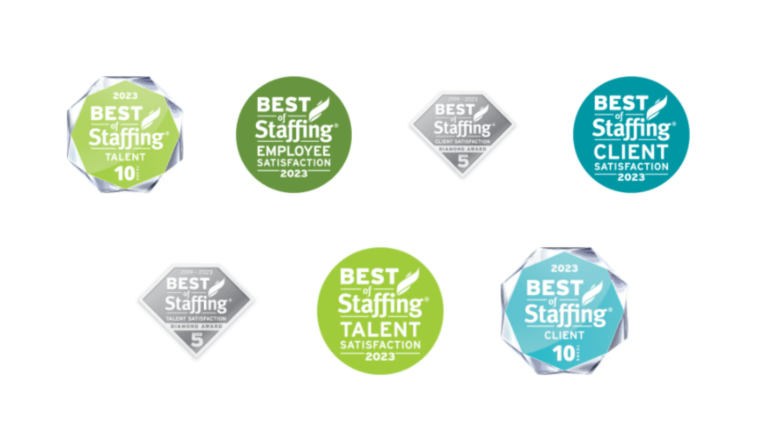7 Common Virtualization Challenges – And How to Overcome Them
Key Takeaways:
- Virtualization is beneficial for many businesses, but it also presents challenges in several areas.
- Businesses need to be careful to provide needed resources, control the use of VMs to prevent sprawl, and resolve backward compatibility issues.
- In areas like security, backup, and performance monitoring, new tools can provide needed solutions.
Virtualization—the use of software to emulate the functionality of hardware for servers, networks and data storage—has become the prevalent way for businesses to operate in today’s corporate culture. There are many advantages to virtualization, including cost savings, fast and easy scalability, and often less downtime and better functionality than traditional hardware-based systems.
Virtualization management does create some challenges that businesses must address, however. Here are some common virtualization challenges and how businesses can overcome them.
1. Resource Distribution
At times, the way virtualization partitions systems can result in poor distribution of resources. You may find the new partitions create some systems that function well and others that won’t have access to enough resources to meet their needs. Resource distribution challenges often occur early in the transition to virtualization and can be worked out with the provider’s help to mitigate these issues moving forward.
2. VM Sprawl
The ability to create as many virtual machines as you want can lead to more VMs than are needed for the company to function. VM sprawl may seem harmless, but it can exacerbate resource distribution problems by diverting resources to VMs that aren’t even being used while those that are used and needed see reduced functioning.
Companies can achieve VM sprawl avoidance by sticking to the number of VMs that are actually needed and adding more when the time comes. Good VM sprawl management is an integral part of VM sprawl control to make the best use of the resources companies need to function optimally.
3. Backward Compatibility
Many companies use legacy systems that can cause problems with newer virtualized software and programs. Compatibility issues can be time-consuming and difficult to resolve, but vendors may be aware of these difficulties and be able to suggest upgrades or workarounds to make sure everything functions the way it should.
Backward compatibility testing can help to expose problems, which is the first step to resolution. The ultimate solution to backward compatibility is migrating to a new system so that all data and systems work the way they need to, but in some cases, legacy systems can be found that are able to incorporate new components.

4. Performance Monitoring
Virtualized systems don’t lend themselves to the same kind of performance monitoring as hardware like mainframes and hard drives do. New performance monitoring tools like VMmark can create benchmarks that measure performance on virtual networks and make it possible to monitor performance and resource usage.
The development of application performance monitoring software for virtualized systems allows companies to be aware of their performance and see areas for improvement.
5. VM Backup
Since there is no actual hard drive where data and systems are backed up, frequent software updates can make it difficult to access backups at times. Software tools can make this process easier and allow virtual backups to be kept all in one place for easy tracking and access.
Finding virtualization backup solutions can make all the difference when troubleshooting needs to occur. Virtualization backup can also include disaster and recovery solutions to cover all the business’s basics.
6. Security
Virtual systems can be compromised when users don’t keep them secure and use best practices for passwords, downloads and other tasks. Security can be a problem for virtualization, but the isolation of each VM by the system can limit security problems and help keep virtual systems more secure than others might be.
Virtualization security issues are just as serious as with physical systems, but virtualization security solutions are available to deal with these issues. Keeping up with the latest security threats isn’t easy, but virtualization security management is well worth the time and effort it takes.
7. Licensing Compliance
Using existing licensed software in a virtual environment can lead to compliance issues if more VMs are created than the company is licensed to use the software on. It’s important to keep track of how licensed software is being used and to be sure virtualization licensing compliance management is maintained as the virtual environment grows.
Some ways to ensure that licensing compliance may include looking outside the organization for licensing compliance outsourcing and developing a licensing compliance strategy that will handle this important task.
In Conclusion
Virtualization has many benefits that balance out its challenges. When businesses anticipate these challenges, they will be better able to make virtualization work for them in the best possible way.
One of the best ways to make virtualization work for your organization is to have the top IT talent configure and monitor your systems. GDH can help thanks to our deep talent pool and strong commitment to customer satisfaction.








